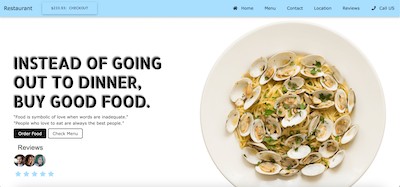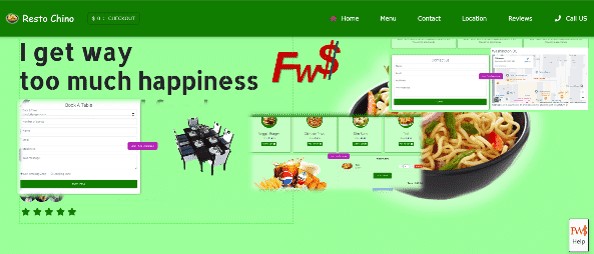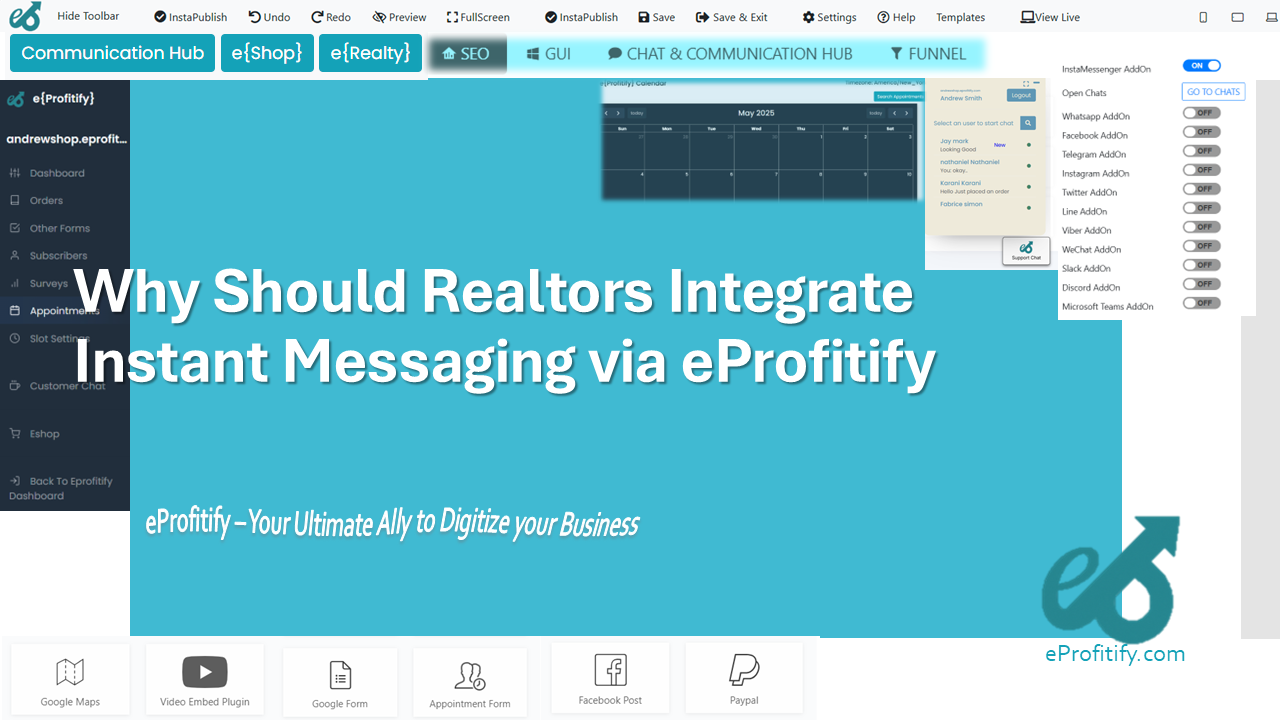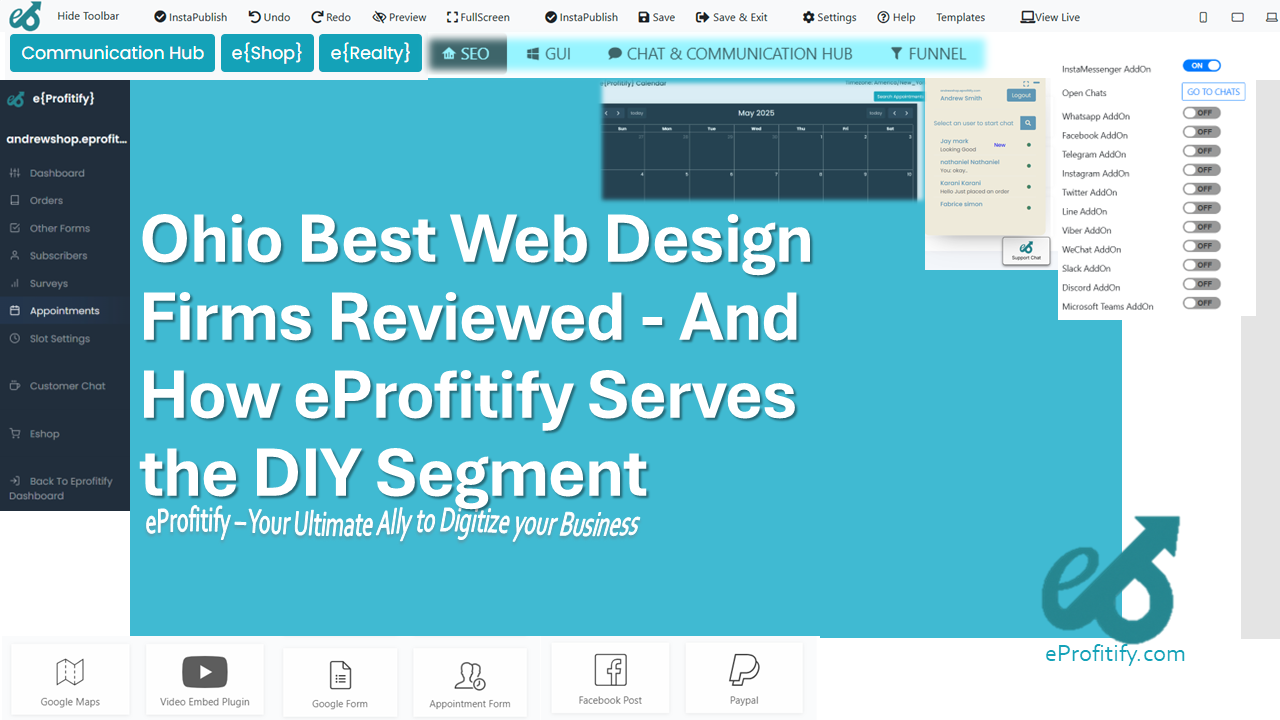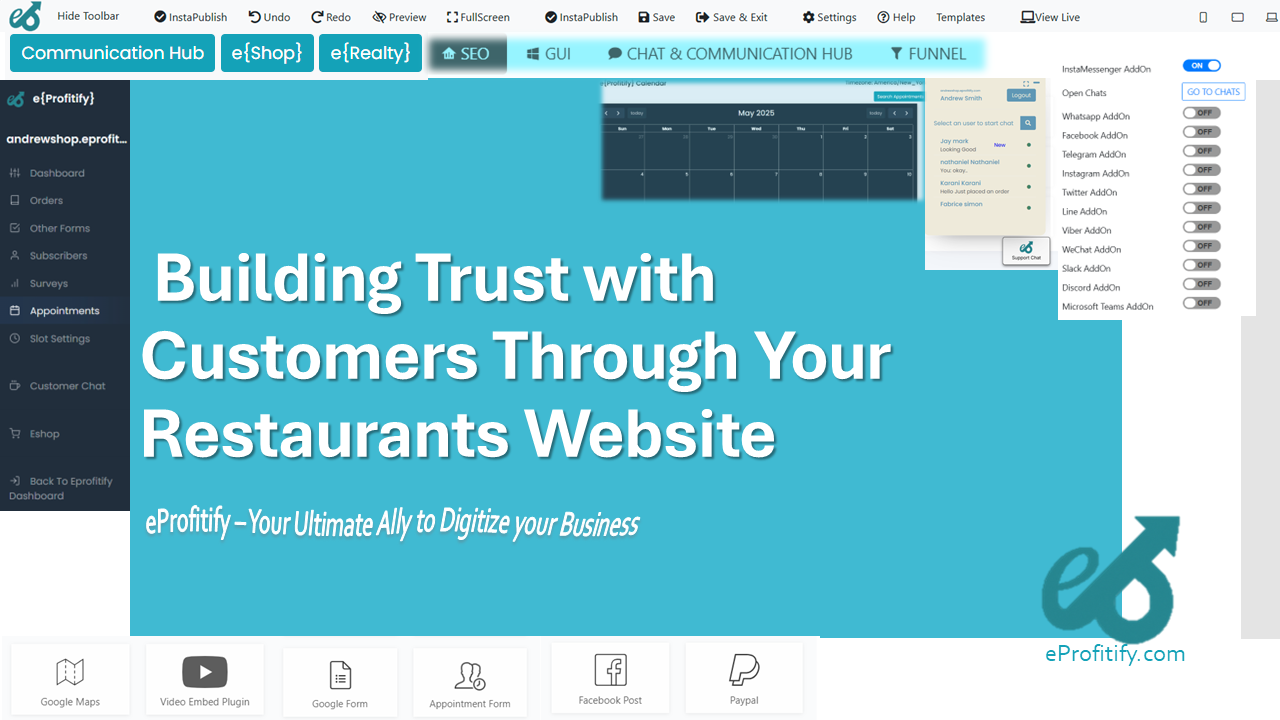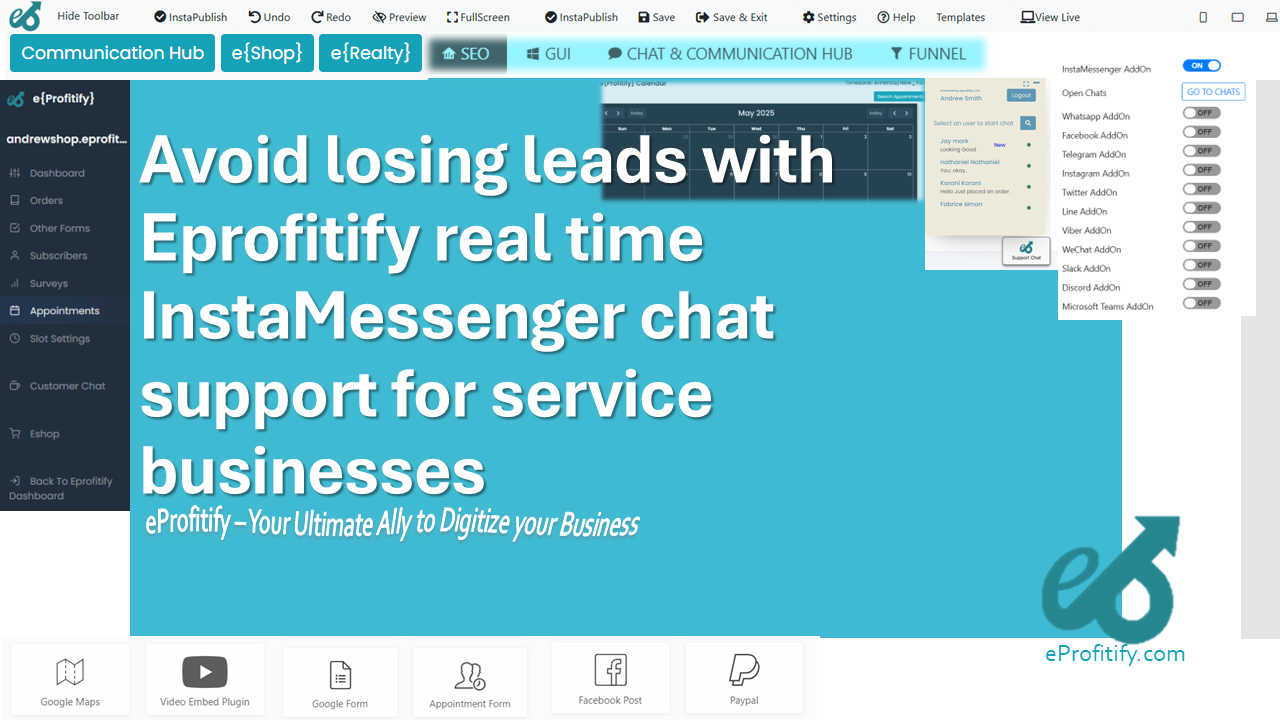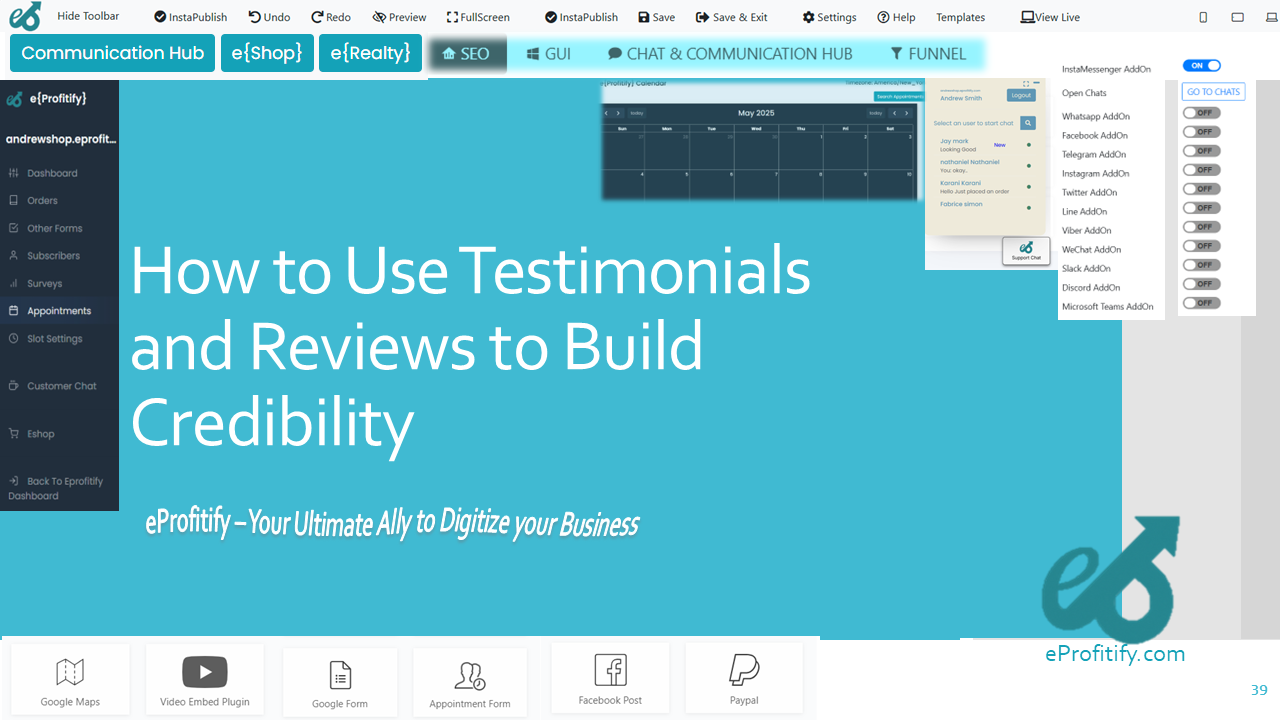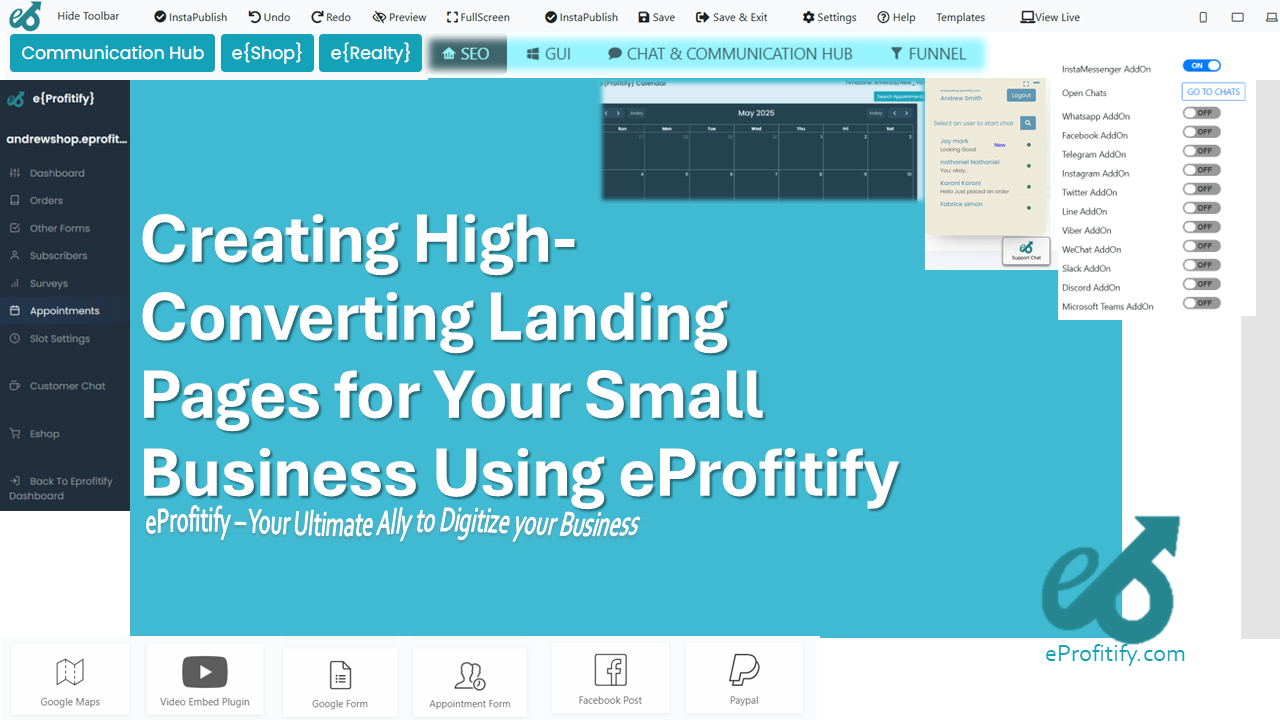Using Visuals and Infographics to Improve Engagement
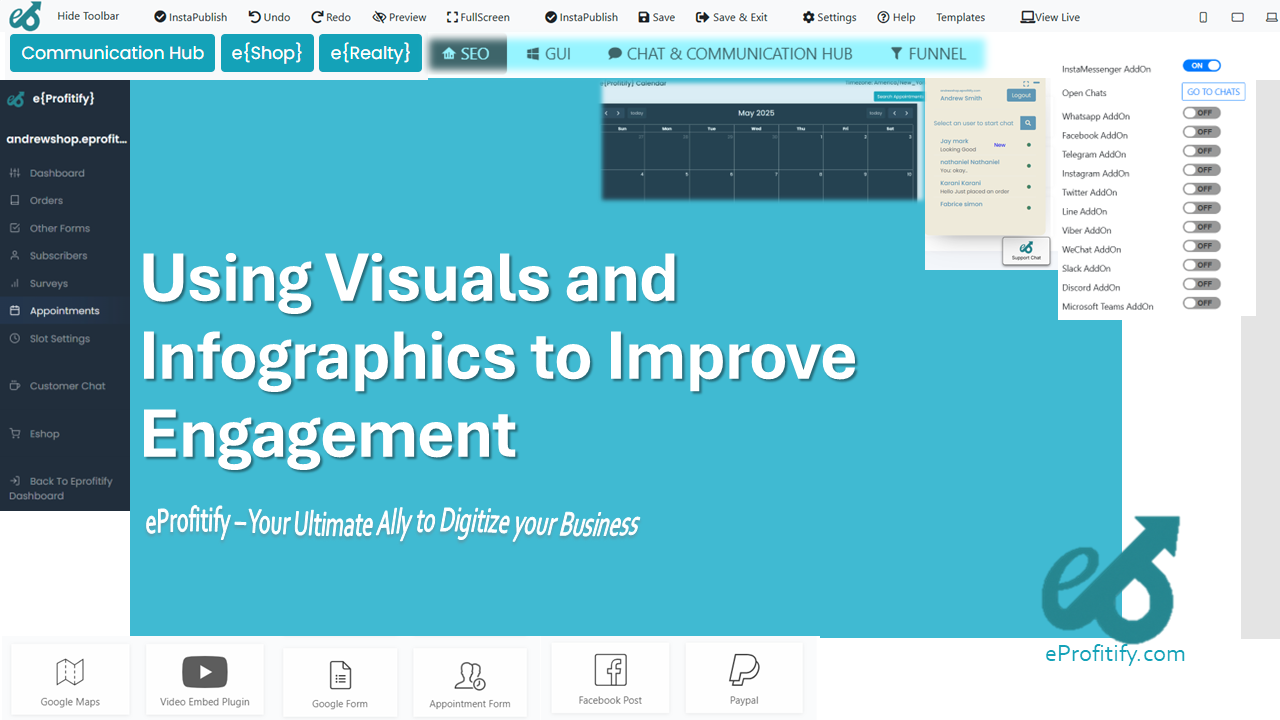
Schedule a LIVE Zoom call with an eProfitify Expert.
In today’s digital landscape, capturing and retaining audience attention is more challenging than ever. With the average human attention span shrinking to 8 seconds—shorter than that of a goldfish—brands must leverage innovative strategies to stand out. Visual content, including images, videos, and infographics, has emerged as a critical tool for boosting engagement. Studies show that 65% of people are visual learners, and content with relevant visuals receives 94% more views than text-only counterparts. This underscores the undeniable power of visuals in cutting through digital noise.
The Science Behind Visual Engagement
The human brain processes visuals 60,000 times faster than text, making images and videos indispensable for quick communication. For instance, tweets with images garner 150% more retweets than those without, while Facebook posts with visuals achieve 2.3 times more engagement. Additionally, 90% of information transmitted to the brain is visual, explaining why audiences retain 55% more information when content is paired with relevant imagery. These statistics highlight the neurological advantage of visual content in driving comprehension and recall.
Infographics: Simplifying Complexity
Infographics combine data and design to transform intricate concepts into digestible visuals, making them a cornerstone of modern content strategies. They are shared 3 times more often than other content types on social media, and businesses using infographics experience 12% faster traffic growth than those that don’t. Their effectiveness lies in their ability to simplify complexity—40% of marketers report that infographics outperform other visual content in driving engagement. For example, a well-designed infographic can increase website traffic by up to 80% when shared across platforms, demonstrating their viral potential.
Strategic Implementation of Visuals
To maximize impact, visuals must align with brand identity and audience preferences. Consistency in color schemes, fonts, and styles fosters brand recognition, while platforms like Instagram and Pinterest prioritize image-rich content. Optimizing visuals for SEO through alt-text and file names enhances discoverability. Moreover, mobile optimization is non-negotiable: 60% of web traffic comes from mobile devices, and 74% of users are likelier to return to mobile-friendly sites. High-quality, responsive visuals ensure seamless experiences across devices.
eprofitify: Streamlining Visual Engagement
Integrating visuals into digital strategies requires robust tools, and eprofitify excels as a comprehensive website publishing and management platform. Designed to enhance user engagement, eprofitify offers features that synergize with visual content strategies:
- Instant Messaging: Facilitates real-time customer interactions, enabling businesses to share visuals like product demos or infographics directly during conversations.
- Appointment Management System: Combines scheduling with visual reminders, reducing no-shows by 30% through aesthetically appealing calendar integrations.
- Ecommerce Integration: Supports high-resolution galleries and videos, crucial for product showcases. Websites with video content see 41% more web traffic via search than competitors.
- CRM Capabilities: Tracks customer interactions influenced by visual campaigns, providing insights to refine strategies. Personalized visual emails driven by CRM data can boost click-through rates by 14%.
By centralizing content creation, publication, and analytics, eprofitify empowers businesses to maintain cohesive visual narratives across channels. Its user-friendly interface ensures even non-designers can craft professional visuals, aligning with the 56% of marketers who prioritize creating branded visual content.
The Future of Engagement
As digital competition intensifies, the fusion of compelling visuals and advanced tools like eprofitify will define success. Brands that prioritize visually enriched, data-driven strategies will not only captivate audiences but also convert engagement into loyalty. With 48% of marketers already citing visual content as central to their strategy, adopting platforms that streamline visual management is no longer optional—it’s imperative. eprofitify’s holistic approach bridges creativity and functionality, positioning businesses to thrive in an increasingly visual world.

